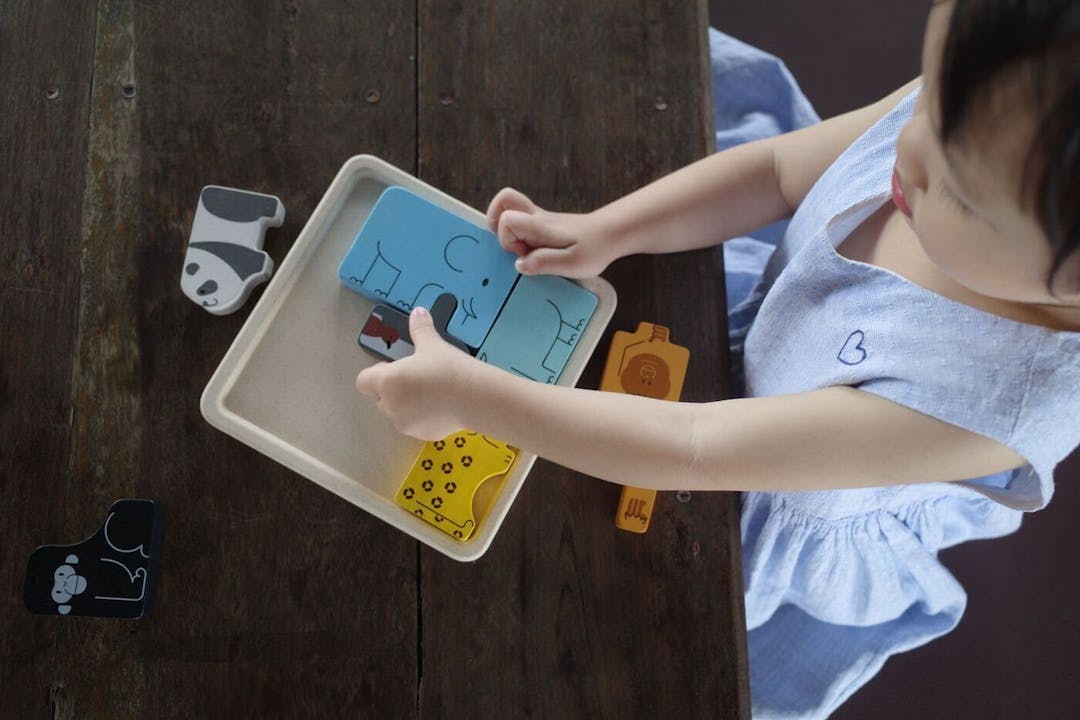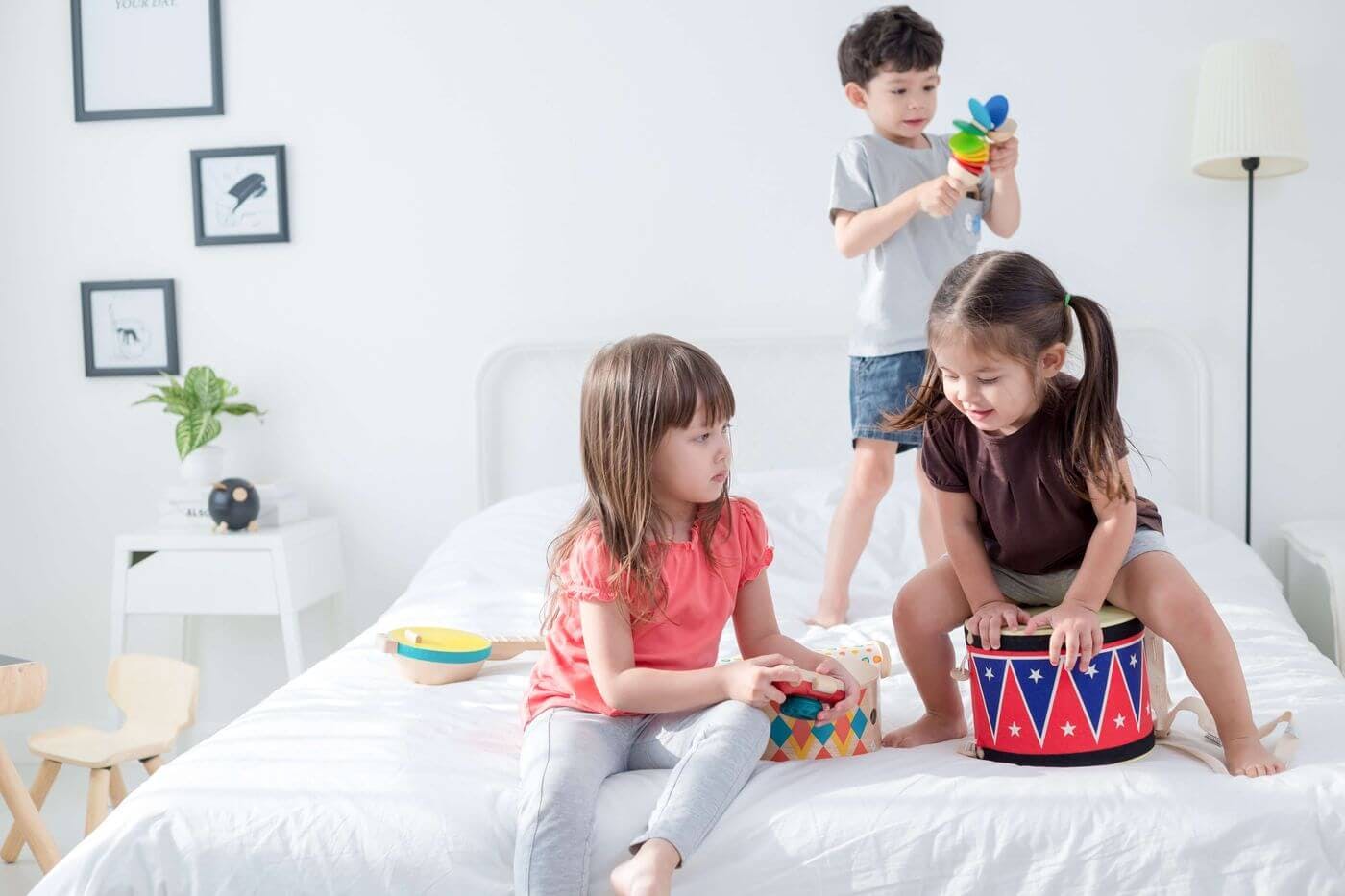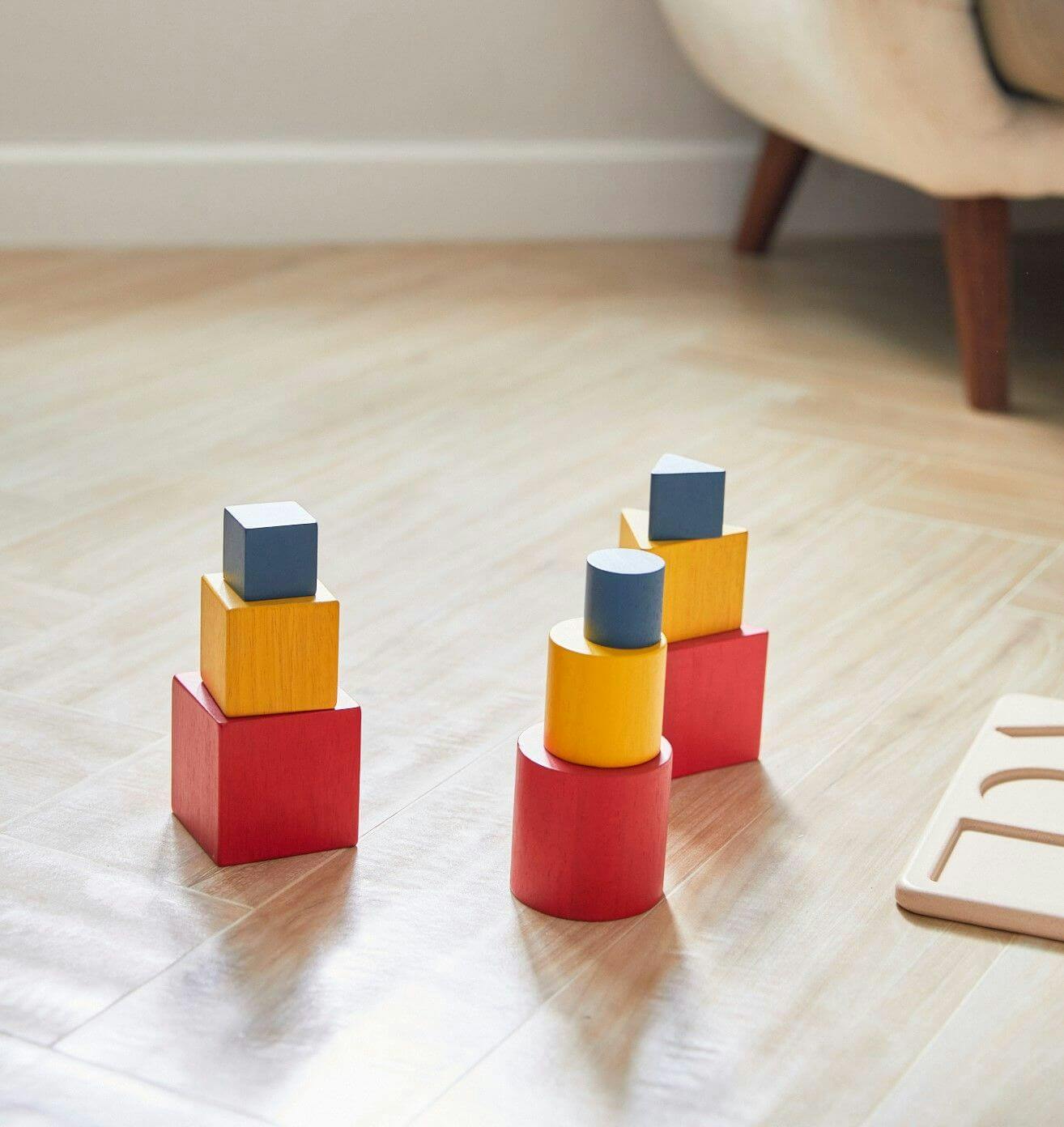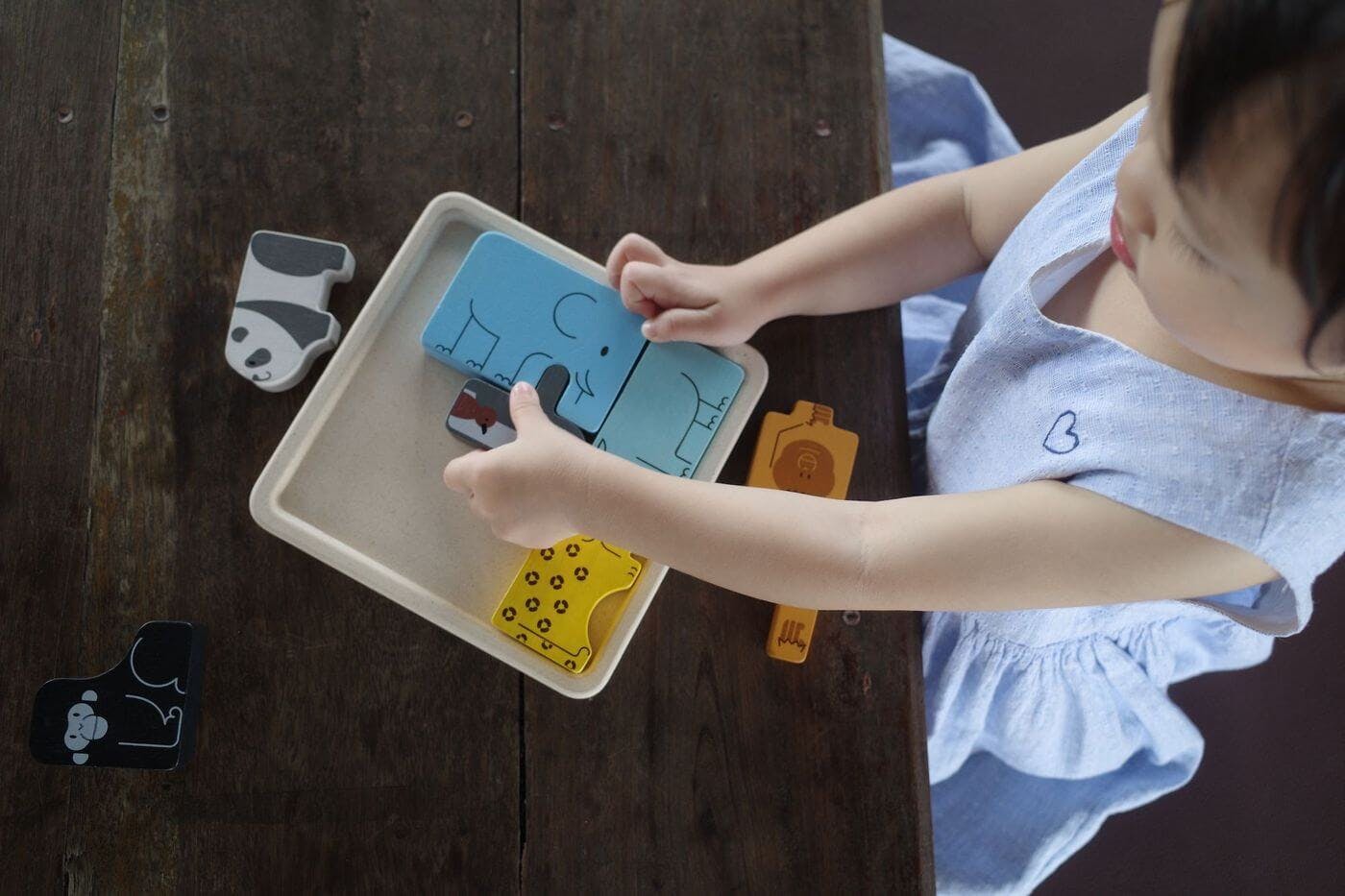
Top 5 Toys That Promote Communication for Children
You may be thinking, my child can express themselves just fine. In fact, in the last twenty-four hours alone they’vehe’s screamed at me a total of what seems like more than a hundred times letting me know just what they wants. Is my kid even listening? Because we get it! Children experience BIG emotions; much stronger, in fact, than adults. Knowing this may help you feel a little better when you’re wondering how you’ve gone wrong when your child throws a tantrum for the tenth time in one day over something as minor as being given the wrong cookie (which they asked for, mind you).
There is a light at the end of the temper tantrum tunnel, though, and the answer lies in helping our children learn how to communicate as research shows that children who are better able to express themselves have less frequent and less severe tantrums. So how do you help your child learn to communicate without any formal communication skills training? The answer is simple - toys! See our top 5.
Toys that promote communication for children
Balls
Using balls in toys like the Object Permanence Box can help in developing a child’s visual skills and an understanding of cause and effect, skills which both also improve communication. Playing with balls can even be great for very young children who can practice the back and forth of turn-taking using non-verbal cues like eye contact and gestures. As children get older, they can follow simple commands like “roll it to me” and “put it in the hoop.”
Puzzles
Children can complete puzzles independently, developing problem-solving skills and spatial awareness, both of which are important for promoting communication. Puzzles are also a great activity for you to do with your child; you can provide choices to encourage them to ask for specific pieces by making sounds associated with the images on them. An older child can even tell you a story about what’s happening in the puzzle after they’ve put it together.
Stacking cups/blocks
Children love stacking things on top of each other and then knocking them down. The Stackable Bowls and the Stacking Tower help children develop problem-solving abilities as they discover which piece comes next through trial and error. When helping your child build and stack, you can describe the changes in size and color. Your child will often begin using these descriptive words such as “bigger”, “smallest”, “taller”, and “brightest” when stacking and building.
Miniature environments
Miniature environments like farms present so many opportunities for children to practice communicating! Young children can make simple animal sounds as they play with the Assign Animals. As they get older, children can begin naming the animals and telling stories about what the animals are doing. By using their imaginations, children are naturally improving their communication skills!
Cause and effect toys
Toys that allow children to explore cause and effect such as the Object Permanence Box, the Rolling Drum, and the Pop Up Toy allow children to see the result of their actions. These toys help children to start to understand how they might impact other things and people. If your child is looking for interaction when playing with these toys, you can ask questions like “What do you think will happen when…?” or “What happened when…?”
By following their lead and introducing toys like these, you can naturally promote your child’s communication skills!
References
https://communication.northwestern.edu/2015/11/northwestern-experts-identify-best-toys-for-kids/
https://www.pediatricinteractions.com/
https://www.sciencedaily.com/releases/2016/02/160203151724.htm
 Written by Heather White
Written by Heather White






